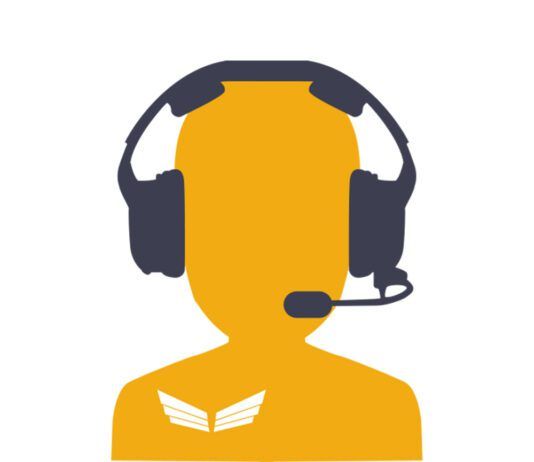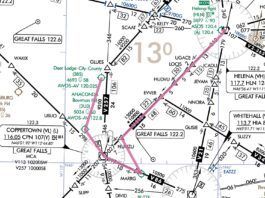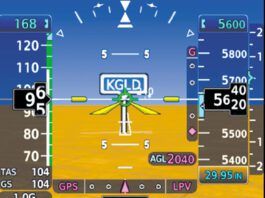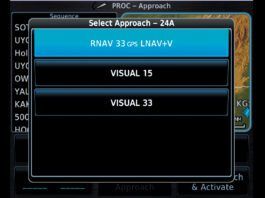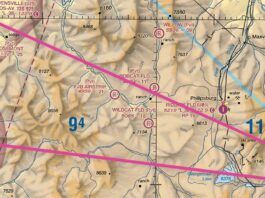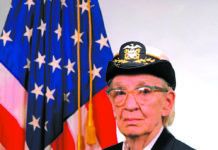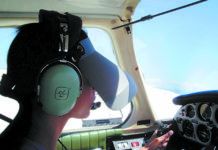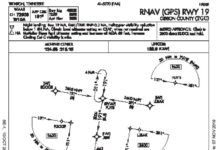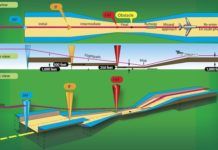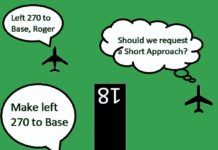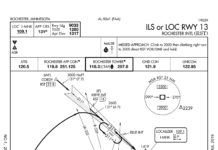Old School, New School
Admiral Grace Hopper was an amazing person, well known for her contribution to modern computing. Less well known than her famous nanoseconds (look it...
Safety Pilot Rules
Schedules, climate, and other factors can limit our ability to maintain instrument currency in actual instrument conditions. The FAA allows us to maintain currency...
Choose a Shortcut
Things are getting busy approaching Trenton, Tennessee, Gibson County (KTGC), even though its not that bad. But the skies are grey enough to make you squint as you enter the overcast. Youve also entered, as youll soon find out, the murky realm of the regs. A cold crust of rime clings to the aluminum and probably the antennas, so youre anxious to get into that toasty hangar at TGC. Worse, the suns going down and the gyros acting up. So any shortcuts (safe and legal, of course) would be great right about now.
Briefing: February 2020
Harbour Air flew a De Havilland Beaver on floats on pure electric power for the first time in early December as the first step in its program to fully electrify its fleet of historic seaplanes. The Vancouver-based airline serves dozens of communities off British Columbia's west coast and most of its flights are 30 minutes or less so the company believes new advances in battery technology will enable it to safely carry out the dozens of commercial passenger flights it operates every day. The December flight was a demonstration of the motor in a plane near its gross weight with batteries and lasted about 15 minutes. CEO Greg McDougall lifted the almost-70-year-old airframe off the Fraser River and later reported that it flew like a Beaver. He said newer, lighter batteries that are becoming available will allow room for passengers and cargo and the savings on maintenance and downtime will ultimately pay off.
Readback: February 2020
I noted an interesting change to the Instrument Rating ACS released back in June last year. It used to be that per the ACS, a circling approach required a heading change of at least 90 degrees from the final approach course to the landing runway. That requirement is now gone, replaced with the requirement to Visually maneuver to a base or downwind leg appropriate for the landing runway and environmental conditions. Also, new language was added saying the pilot must not bank over 30 degrees.
Radio Confidence
Remember when you first picked up the mic in an airplane, either to ATC or at a non-towered field? Most of us were probably as tentative as a boy trying to get his first date . Even if youre good at public speaking, few of us gain the comfort without first practicing with prepared remarks. But, on the radio our scripts are too vague and variable; we have to learn along the way. Meanwhile were so worried about sounding bad or saying the wrong thing, we often sound bad and say the wrong thing. Fortunately, practice makes perfect-or at least better.
Stupid Pilot Tricks
Sure as the BRS Save-O-The-Month calendar flips to a new year, we here at the Department of Self-Righteous Finger Pointing, present the best of the dumbest ways pilots have contributed to keeping the skies safe by rendering as many aircraft as possible unairworthy. Today, we review the year 2016, which reflected a modest improvement in not crashing but still logged 1627 accident/incidents worthy of NTSB note. Thats 4.46 events per day or roughly one prang every 5.3 hours. As with past Stupid Pilot Tricks, we use NTSB probable cause results and dont report on fatal accidents.
CHECK NOTAMS
Contributing Editor Fred Simonds sent me a brief There I Was story that he published elsewhere. Not being one to let a good idea slip by without exploiting it, Ive borrowed the topic and moral for these remarks. Heres my True Confessions story.
Readback: December 2019
In the August 2019 Readback, your reply to the writer who was referring to the More ILS vs. LPV article (February 2019) errs when you say that GPS is a single receiver system for various satellites and WAAS ground station(s). WAAS data is transmitted to users from geostationary communications satellites. Currently three geo comsats are broadcasting WAAS signals covering North America.Jim TorleyColorado Springs, CO
DESIGN YOUR OWN SIM
There are many considerations to work through before your first purchase. Indeed, for the most economically efficient path to the best simulator for your purposes, you should work through all those considerations before making any purchases.
Im Too Busy
But even if flying remains a joy, we dont fly enough, do we? Id like to log a few hours every week. Nearly all of my flying is purposeful; I travel by my own airplane because I have places to go. I log around 100 to 120 hours a year now, but it comes in bunches separated by breaks of a month or two where I never just go flying, and dont even visit the hangar … because Im too busy.
Clearing Flags
Its certainly legal to fly through the AIRMET. These are advisories covering large areas. But it behooves you to determine that your flight plan wont enter known or forecast light or moderate icing conditions as prohibited in 91.527. Here goes. Theres a stationary front just west of the route, bringing in cloud layers and scattered showers. Freezing levels will hit between 7000 and 12,000 feet. So, at 8000 feet, you do risk picking up ice. One lone pilot report from a single-engine turbine over Iowa shows negative ice in climb from 3000 to the tops at 11,000. This isnt all that useful since youre flying lower and slower, but you are willing to climb as high as 12,000 feet to be on top. Your Plan B, while not at all mission-friendly, is to turn back to warmer air and land in Iowa, or even return to Bowling Green if thats best.

